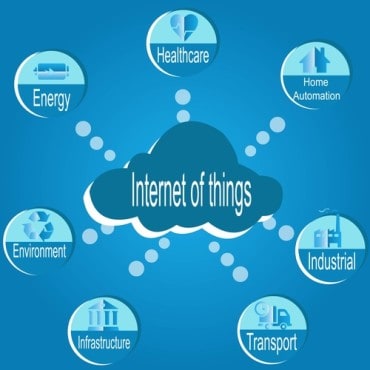
Enterprises are struggling to keep up with demand for real-time data analytics, and it’s negatively affecting business opportunities and efficiency.
Many people see the value in real-time delivery of information. However, many companies are weighed down by slow-moving technologies that may delay data feeds by hours, if not days. Is this dragging down corporate prospects? Yes, say a majority of executives in a recently released survey, who state their businesses are suffering from a lack of timely access.
The survey of 502 executives, conducted by IDC in partnership with InterSystems, finds that 77 percent of respondents say that untimely data has inhibited business opportunities. Untimely data is also slowing the pace of business, with 54 percent of respondents claiming it limits operational efficiency. Another 27 percent indicate it has negatively affected productivity/agility, and 15 percent say it inhibits their understanding of customers.
Real-time data analytics top goal
There is a growing demand for reliable real-time data analytics in today’s enterprise organizations, with 34 percent of executives seeing speeding up innovation as their number-one strategic goal over the coming year.
[ Related: The Rise of Real-Time Data: Prepare for Exponential Growth ]
What are the technologies holding organizations back from real-time? The survey finds that organizations using standard data management techniques – particularly extract, transfer and load (ETL) and changed-data capture (CDC) — are struggling to keep up with today’s demand for real-time data analysis, negatively affecting business opportunities and efficiency. Both ETL and CDC, first developed in the 1990s, are part and parcel of most enterprises today.
Here’s how much these older platforms are holding back organizational decision-making: Nearly two-thirds of data moved via ETL was at least five days old by the time it reached an analytics database, the study finds. When it comes to CDC, a real-time data replication technology, the survey revealed that on average it takes 10 minutes or more to move most CDC data into an analytics database.
[ Related: Real-Time Payment Systems Start to Take Shape ]
This becomes even more problematic considering how important unstructured data is to organizations seeking to make the most of big data. IoT data, streaming data from external sources, sensor data, graphs, key value, video/audio/image, object, JSON documents and geospatial data, were all listed as “very important” to executives.






























